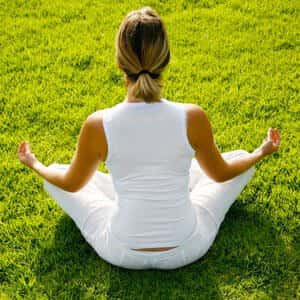
In addition to posture, stretches and poses, yoga practice emphasizes mindful breathing. Could that benefit people who have asthma, especially since their breathing may be impaired by chest tightness, coughing and wheezing?
Cochrane Review Examines Yoga for Asthmatics:
A Cochrane Review of 15 randomized controlled trials found that it might. These studies included 1048 volunteers altogether, and most of them had suffered with asthma for at least six months and up to two decades.
Yoga Practice Bolstered Quality of Life:
Five studies suggest that yoga practice could improve the volunteers’ quality of life. Few of the studies included adequate measurements of lung function and medication use, however, so the impact of yoga practice on the biology of asthma remains uncertain. The investigators also pointed out that there was also uncertainty about any possible negative effects of yoga.
Cochrane Library, April 27, 2016
Yoga for Post-Traumatic Stress Disorder:
Previous research has shown that yoga offers promise in several other conditions besides asthma. One study demonstrated benefit for women with post-traumatic stress disorder. The participants were 38 women who had experienced traumatic events ranging from childhood abuse to rape or the unexpected death of a loved one.
The women each participated in 12 sessions of Kripalu style yoga practice. Their symptoms were assessed both before and after the intervention. In comparison to a control group that was assessed without yoga practice, the women’s symptoms were modestly reduced. In this study, quality of life was not evaluated.
Journal of Traumatic Stress, April, 2014
Yoga for Stroke Rehabilitation:
A small study involving veterans demonstrated that yoga practice might help stroke victims achieve more complete recovery. The volunteers had already complete a standard stroke rehab program, but wanted to make more progress. They were offered two hour-long yoga classes each week for two months. By the end of that time, their balance had improved measurably. They also had better endurance and walking ability. Many of the participants requested instructions so they could continue their yoga practice at home.

